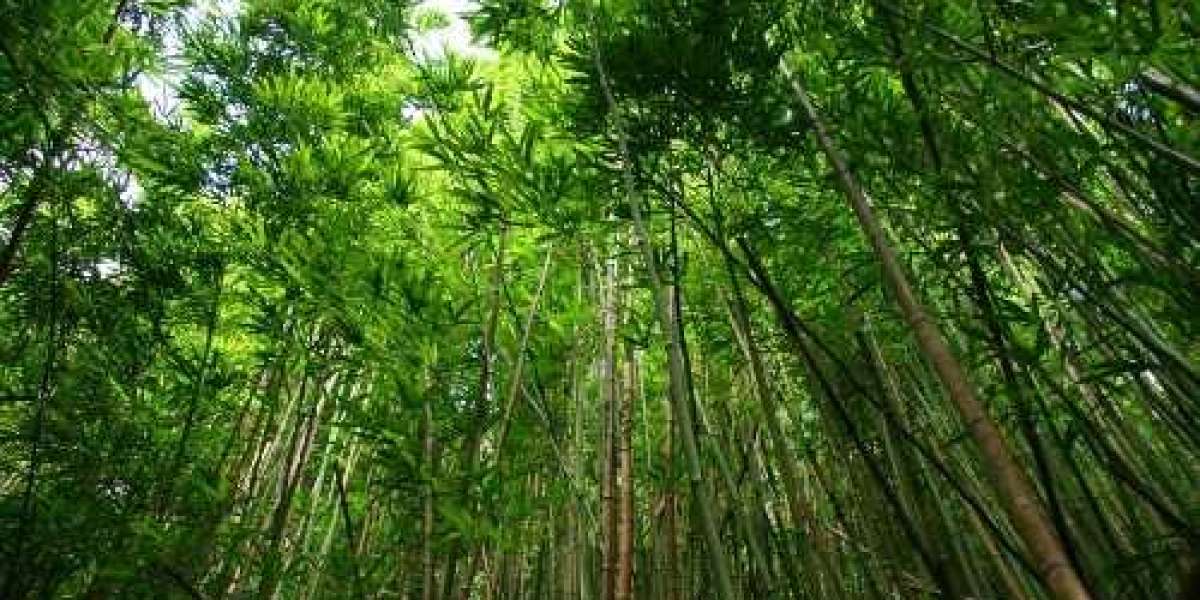Introduction:
Bamboo, often referred to as the "green gold," is an extraordinary plant that has played a crucial role in human civilization for centuries. With its remarkable versatility and sustainability, bamboo has become an essential resource for various industries and has gained immense popularity as a renewable material. But where exactly is bamboo grown? In this article, we will explore the global distribution of bamboo and delve into the regions where this remarkable plant thrives. where is bamboo grown?
Asia: The Birthplace of Bamboo:
Asia, particularly the continent's tropical and subtropical regions, is the ancestral home of bamboo. The vast majority of bamboo species originate from countries such as China, India, Indonesia, Thailand, Vietnam, and the Philippines. These regions boast ideal climatic conditions, including warm temperatures, high humidity, and abundant rainfall, which are conducive to bamboo growth. Bamboo has been an integral part of Asian cultures, serving as a building material, a source of food, and even as a symbol of luck and prosperity.
Expanding Across the Globe:
Due to its remarkable adaptability and resilience, bamboo has successfully spread to various parts of the world beyond its Asian origins. Today, bamboo cultivation can be found in almost every continent, thanks to human intervention and the plant's ability to thrive in diverse environments. Let's explore some of the regions where bamboo has established itself:
South and Central America: Countries such as Brazil, Colombia, Ecuador, and Costa Rica are known for their extensive bamboo plantations. The tropical rainforests and favorable climates in these regions provide excellent conditions for bamboo growth.
Africa: Sub-Saharan Africa, particularly countries like Ethiopia, Kenya, Cameroon, and Madagascar, have embraced bamboo cultivation. The continent's diverse ecosystems, ranging from lush forests to arid landscapes, offer a wide range of suitable habitats for different bamboo species.
North America: In the United States, bamboo can be found in various states, including California, Florida, and Hawaii. Some cold-hardy bamboo species even thrive in parts of the Pacific Northwest and the northeastern regions of the country.
Europe: Several European countries, such as Italy, Spain, and Portugal, have started cultivating bamboo in recent years. These nations often utilize bamboo for landscaping purposes, as well as for creating sustainable products.
Specific Growing Conditions:
Bamboo's adaptability to different climates and soil types allows it to grow in a wide range of environments. However, certain species have specific preferences and thrive under particular conditions. For example:
Clumping bamboo, which forms tight clumps and spreads slowly, is commonly found in temperate regions and requires less heat and humidity.
Running bamboo, known for its extensive rhizome system, is prevalent in tropical and subtropical regions with higher temperatures and abundant rainfall.
Conclusion:
Bamboo, with its remarkable growth rate, incredible strength, and environmental benefits, has captivated people worldwide. From its origins in Asia, bamboo cultivation has expanded across the globe, adapting to various climates and soil types. Today, it can be found in regions as diverse as South America, Africa, North America, and Europe, providing a renewable and sustainable resource for multiple industries. As the world becomes increasingly conscious of the need for eco-friendly alternatives, bamboo's global reach continues to grow, cementing its status as one of nature's most valuable gifts to humanity.








